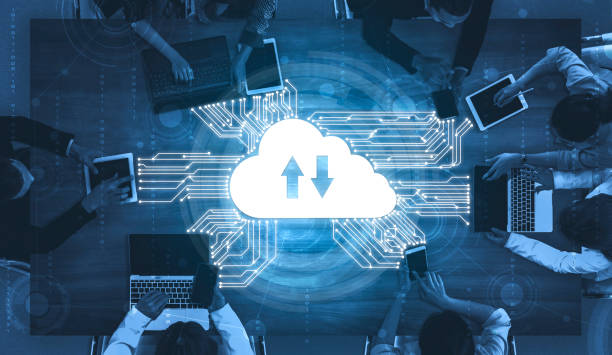Cloud computing has become an essential part of the modern business landscape. In 2023, we can expect to see even more innovation in the cloud, as businesses continue to adopt this technology to improve their operations.
Here are eight cloud computing trends to watch in 2023:
1. Artificial intelligence and machine learning (AI/ML)
AI/ML is already being used in a variety of cloud applications, and this trend is only going to grow in 2023. AI/ML can be used to automate tasks, improve decision-making, and personalize user experiences.
For example, AI/ML is being used to power chatbots that can answer customer questions, detect fraud, and recommend products. It is also being used to improve the accuracy of predictive analytics models, which can help businesses to make better decisions about things like pricing, marketing, and product development.
Do you have a software/mobile development project in mind? Contact us today and let us help you turn your idea into reality. We have the skills, experience, and passion to create amazing solutions for your business needs. Email us at sales@nesesho.com
Want to know more about our Tech Solutions? Visit us at www.nesesho.com
2. Edge computing
Edge computing is a distributed computing model that brings computing and data storage closer to the end user. This can improve performance and reduce latency for applications that require real-time data processing.
For example, edge computing is being used to power self-driving cars, which need to be able to process data from sensors in real-time. It is also being used to improve the performance of video streaming applications, which need to deliver high-quality video to users with low latency.
3. Multi-cloud and hybrid cloud
In 2023, we can expect to see more businesses adopting a multi-cloud or hybrid cloud strategy. This means using multiple cloud providers to get the best of each platform.
For example, a business might use AWS for its core applications, Azure for its data analytics needs, and Google Cloud Platform for its machine learning workloads. This gives the business the flexibility to choose the best cloud provider for each specific need.
4. Serverless computing
Serverless computing is a cloud computing model in which the cloud provider manages the servers, the operating system, and the middleware. This can save businesses money and simplify their IT infrastructure.
For example, a business might use serverless computing to power its website. The cloud provider would handle all of the infrastructure requirements, so the business would only need to focus on developing and maintaining the website’s content.
5. Containerization
Containerization is a way of packaging and deploying software applications. This can make it easier to deploy and manage applications in the cloud.
For example, a business might use containerization to deploy its applications to multiple cloud providers. This would allow the business to scale its applications up or down as needed, and it would also make it easier to move applications between cloud providers.
6. DevOps
DevOps is a culture and set of practices that combine software development (Dev) and IT operations (Ops). This can help businesses to deliver software faster and more reliably.
For example, a business might use DevOps to automate the process of deploying new software to production. This would help the business to reduce the risk of errors and to improve the speed with which new features are released.
7. Cloud Security
Cloud security is a top priority for businesses in 2023. Cloud providers are constantly investing in new security features, but businesses need to take steps to protect their data in the cloud.
For example, a business might use a cloud security solution to monitor its cloud environment for potential threats. This would help the business to identify and respond to threats quickly before they can cause damage.
8. Open-source cloud computing
Open-source cloud computing is a growing trend. This means that businesses can use open-source software to build and deploy cloud applications.
For example, a business might use open-source cloud computing to build a custom application that meets its specific needs. This would give the business the flexibility to choose the best open-source software for its needs, and it would also save the business money.
Conclusion
Cloud computing is a powerful tool that can help businesses to improve their operations. In 2023, we can expect to see even more innovation in the cloud, as businesses continue to adopt this technology. The trends listed above are just a few of the things to watch for in the coming year.
By understanding these trends, businesses can be prepared to take advantage of the latest cloud computing innovations and improve their operations.
Do you have a software/mobile development project in mind? Contact us today and let us help you turn your idea into reality. We have the skills, experience, and passion to create amazing solutions for your business needs. Email us at sales@nesesho.com
Want to know more about our Tech Solutions? Visit us at www.nesesho.com



